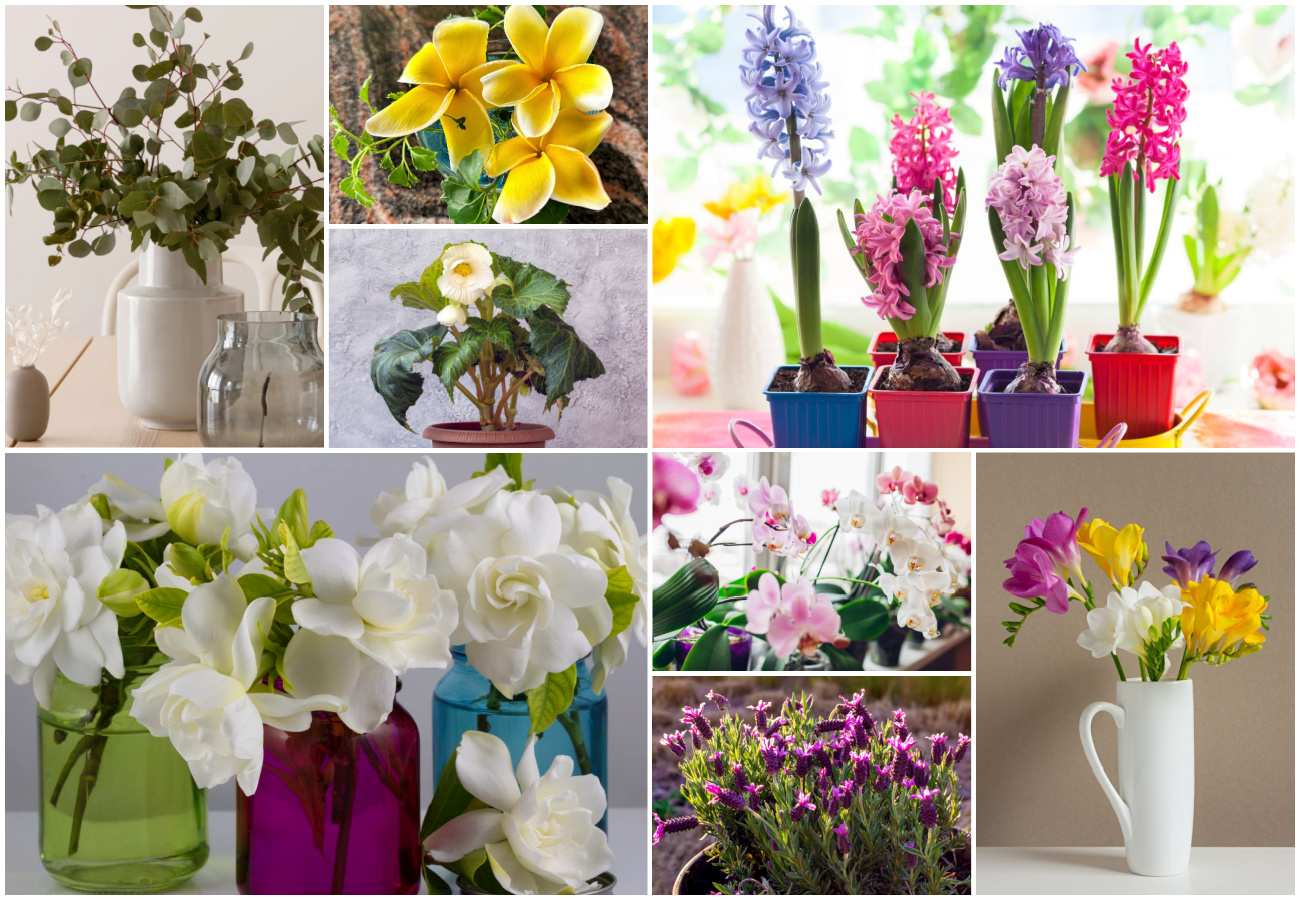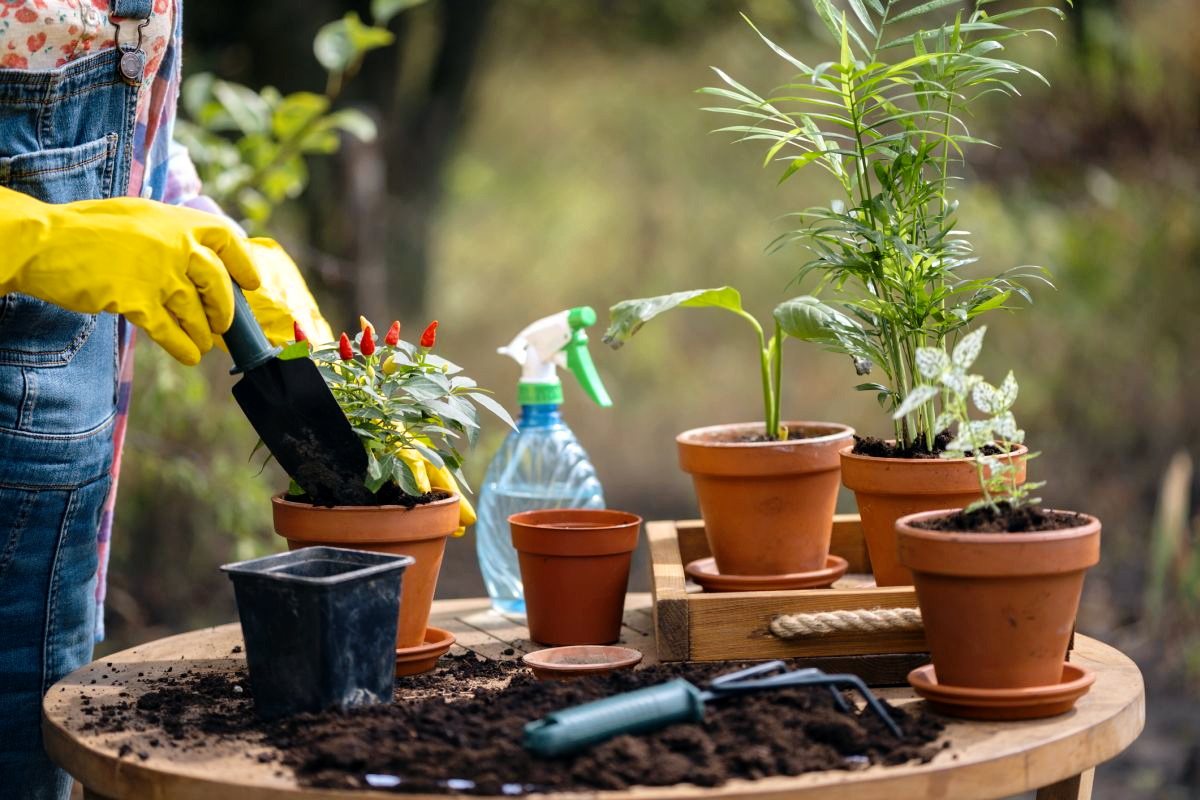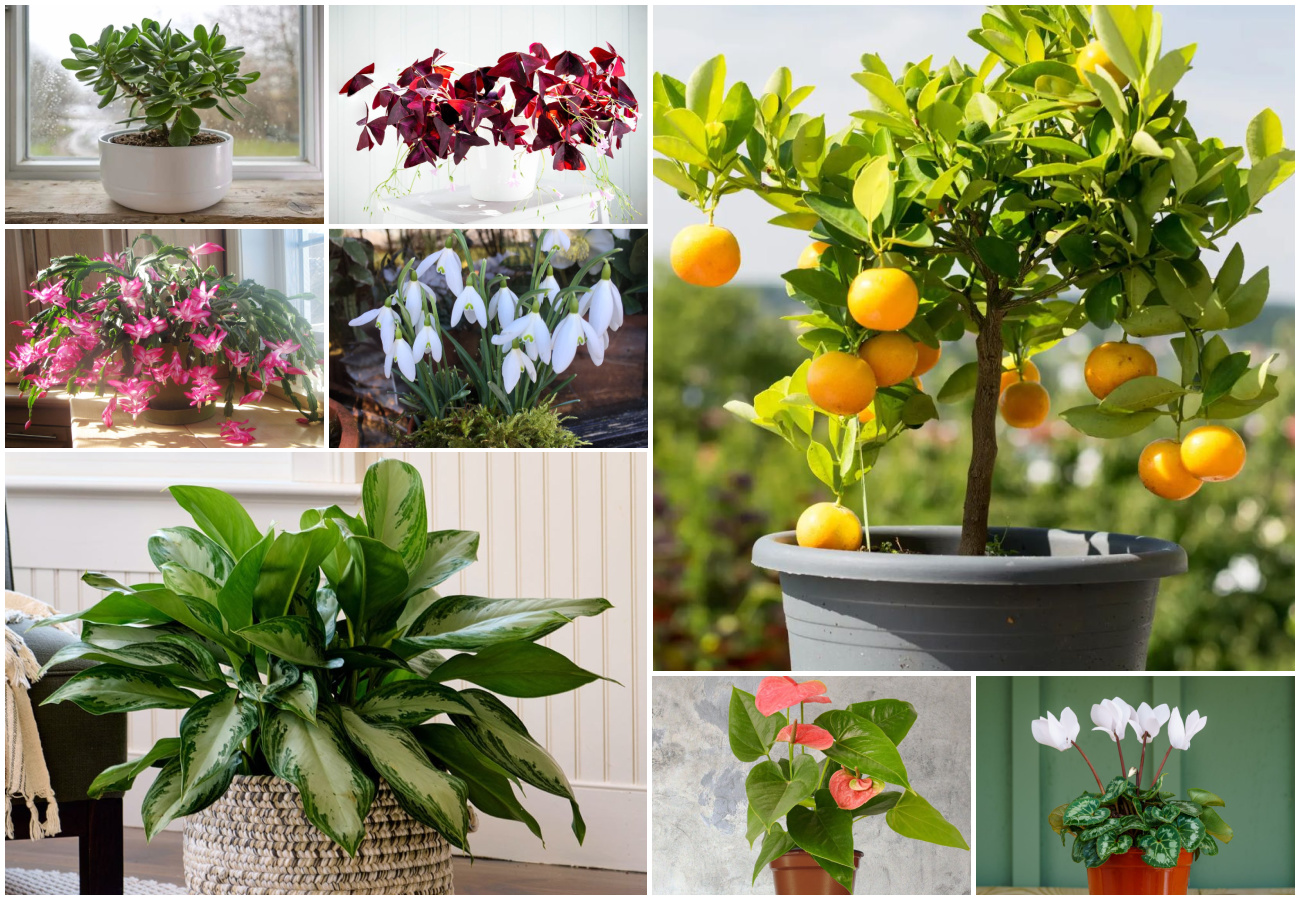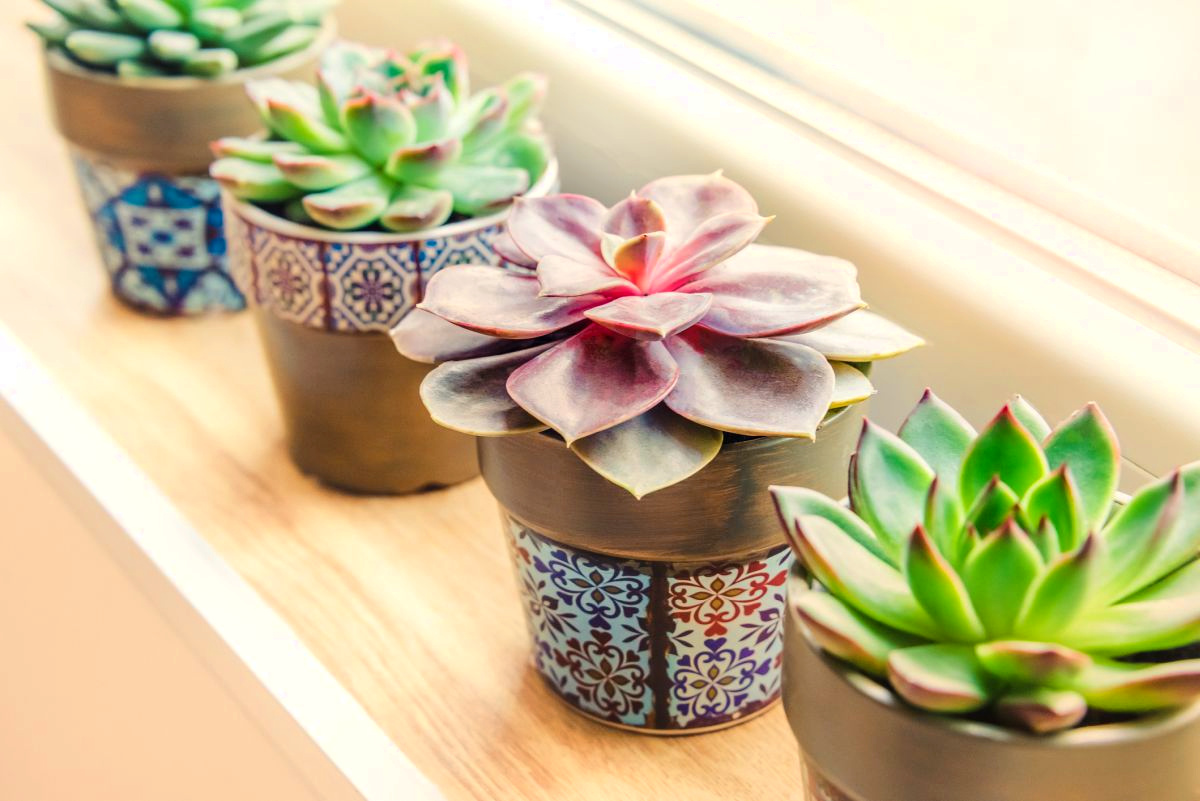The Clivia plant is native to South Africa. Prized for its beautiful blooms, these plants are considered rare, and are often expensive. Along with their beauty, Clivia plants are also air purifying plants.
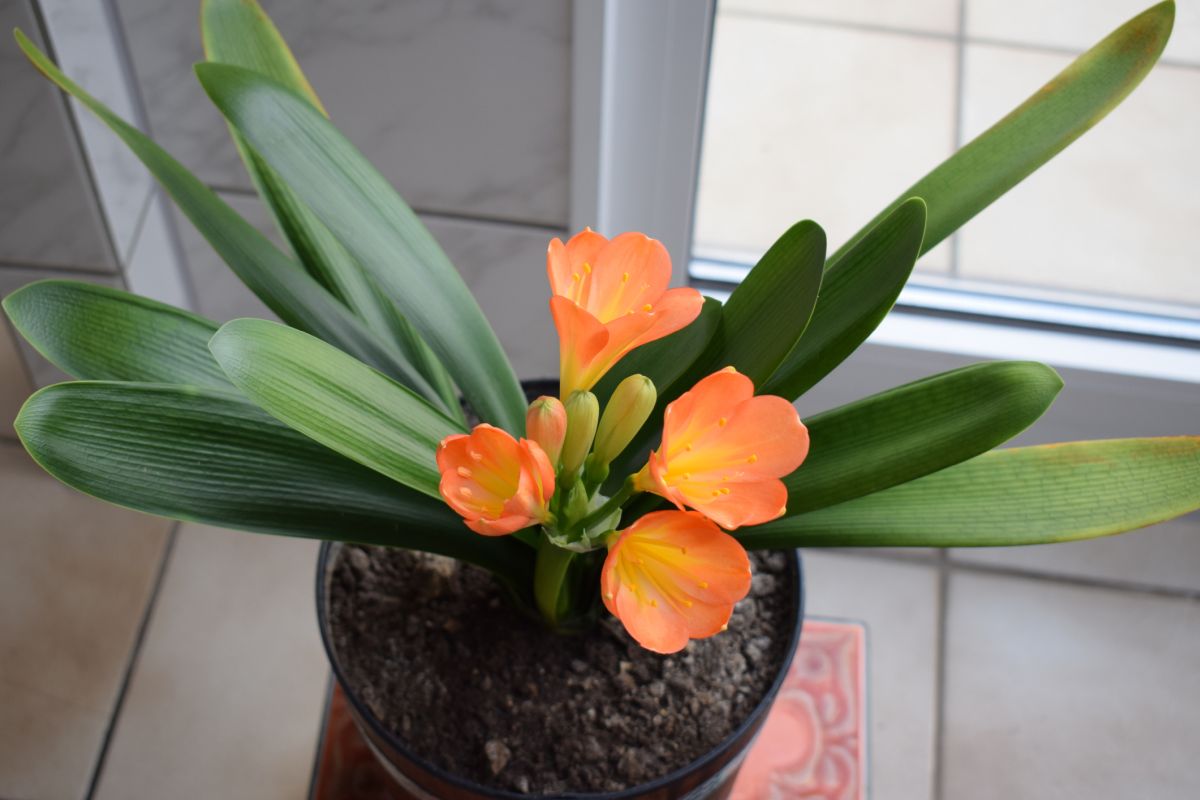
Clivia Plant Appearance
Clivia plants feature elongated leaves with rounded tips. Each leaf emerges from a central point and grows in a “Stacked” formation. The blooms appear from a long, slim stalk in the center of the plant. The flowers are trumpet shaped and resemble the amaryllis. The blooms range from pale orange to red.
Clivia Plants Lighting Requirements
The Clivia plant prefers bright, indirect sunlight. Place the plant near a sunny window, but not in the path of direct sunlight. Direct sunlight will damage the plant’s foliage. If the plant must be placed in a window, ensure the sunlight is filtered through sheer curtains to reduce the sun’s strength.
Watering Your Clivia
During the spring and summer, water the plant when the soil’s surface feels dry to the touch. Always check before watering to avoid overwatering, which will lead to root rot. Withhold water in the fall to trigger blooming in the winter. Blooms usually appear in February.
Soil and Fertilizer Requirements
The Clivia plant grows best in well-draining soil. Use a high-quality potting soil amended with compost. A good balance will ensure the water does not pool on the soil’s surface. If this occurs, add a small amount of perlite for drainage. Feed the plant once per month with a balanced, liquid fertilizer.
Temperature and Humidity Levels
Spring to fall is the active growing season for Clivia plants. During the day, keep temperatures around 70 Fahrenheit (21 Celsius). At night, temperatures around 50 Fahrenheit (10 Celsius) is adequate. Average household humidity levels are fine for the plant.
Pruning
Prune dead flowers once blooming has finished. Cut the blooms back to the base of the stems. Also, remove any damaged or discolored leaves to keep the plant healthy.
Propagating Clivia
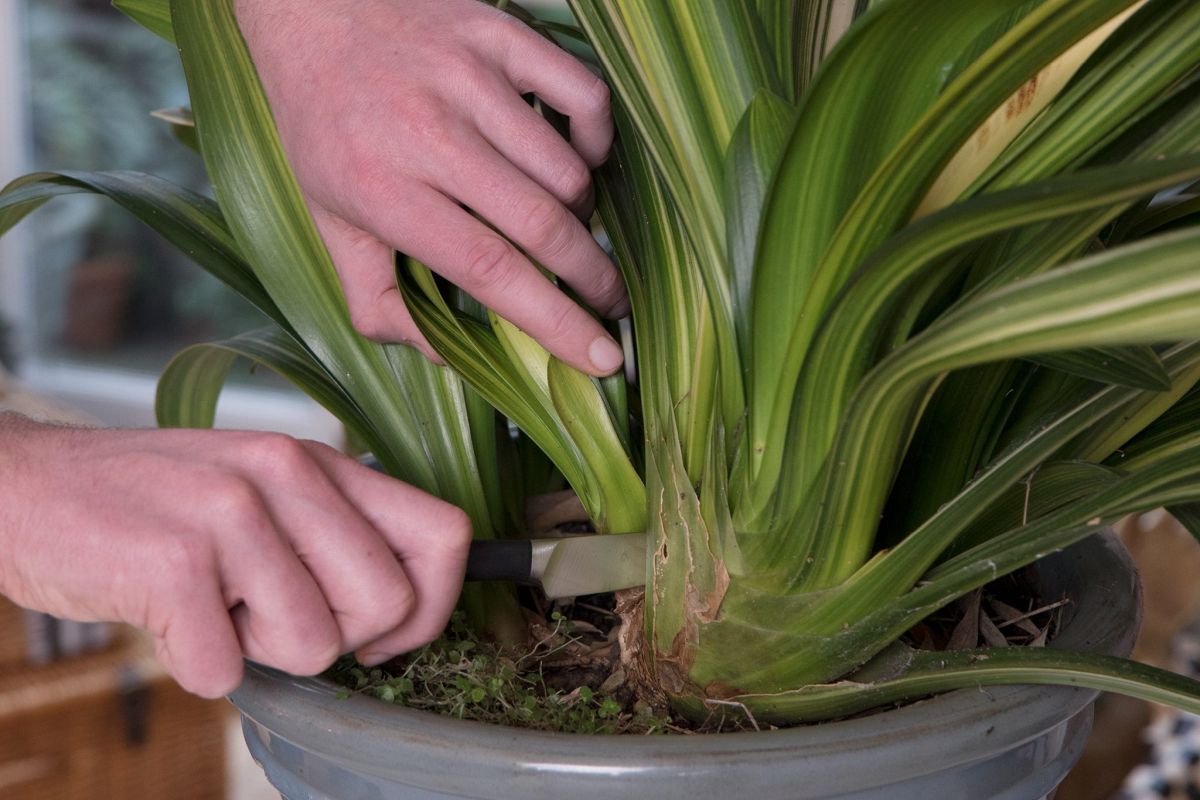
Clivia plants propagate easily via the plant’s seeds. The seeds are harvested from the plant’s berries, which are left on the plant for a year to ripen. Once ripe, remove the berries and cut them open to collect the seeds. Do not allow the seeds to dry out. Either plant them immediately, or soak them in water overnight and plant the next day.
Use a cactus soil moistened with a fungicide to decrease the chance of losing seeds to fungus. Plant the seeds with the dark spot facing upward. Press the seeds into the soil and cover the top of the pot with plastic wrap to retain moisture. Once the roots begin to grow, ensure they stay below the soil’s surface. If the roots poke through the soil, use the end of a pencil to push them back under the soil. Once the seedlings grow to a few inches tall, they can be transplanted to their own pots.
Common Pests and Diseases
Scale and mealybugs are the two most common pests to watch for on your Clivia plants. Brown soft scale presents as small, round, brown insects attached to the undersides of the plant’s leaves. Remove scale manually with your fingernail or treat the plant with horticultural oil. Mealybugs will leave sticky honeydew, which they excrete after feeding on the plant’s sap. Remove the pests by spraying the plant with water or treating the plant with neem oil.
Root rot is a result of overwatering your plant, causing the roots to sit in soggy soil. Let the soil dry out before watering the plant again, then reduce waterings to ensure the soil is only moist, not soggy. For advanced cases, remove the plant from its pot and trim away any dark and mushy roots. Repot the plant in fresh soil.
The Clivia plant is an excellent plant for houseplant enthusiasts who enjoy adding upscale plants to their collection. The plant’s blooms add a splash of color to your home and emit a delicate fragrance. Along with putting a pleasant scent into the air, the plant will also help clean your home’s air of harmful pollutants.
Clivia Plant FAQ
Clivia grows best in USDA zones 9 and 10.
Yes, the Clivia plant is toxic to pets and should be kept away from them.
Yes, regular misting of the Clivia plant is recommended to recreate the plant’s natural environment and to keep the leaves free of dust and debris.
The plant helps filter out toluene, trichloroethylene, and formaldehyde.
The Clivia plant blooms more readily when it is root bound. As a result, the plant should only be repotting every three to five years, in the spring.

